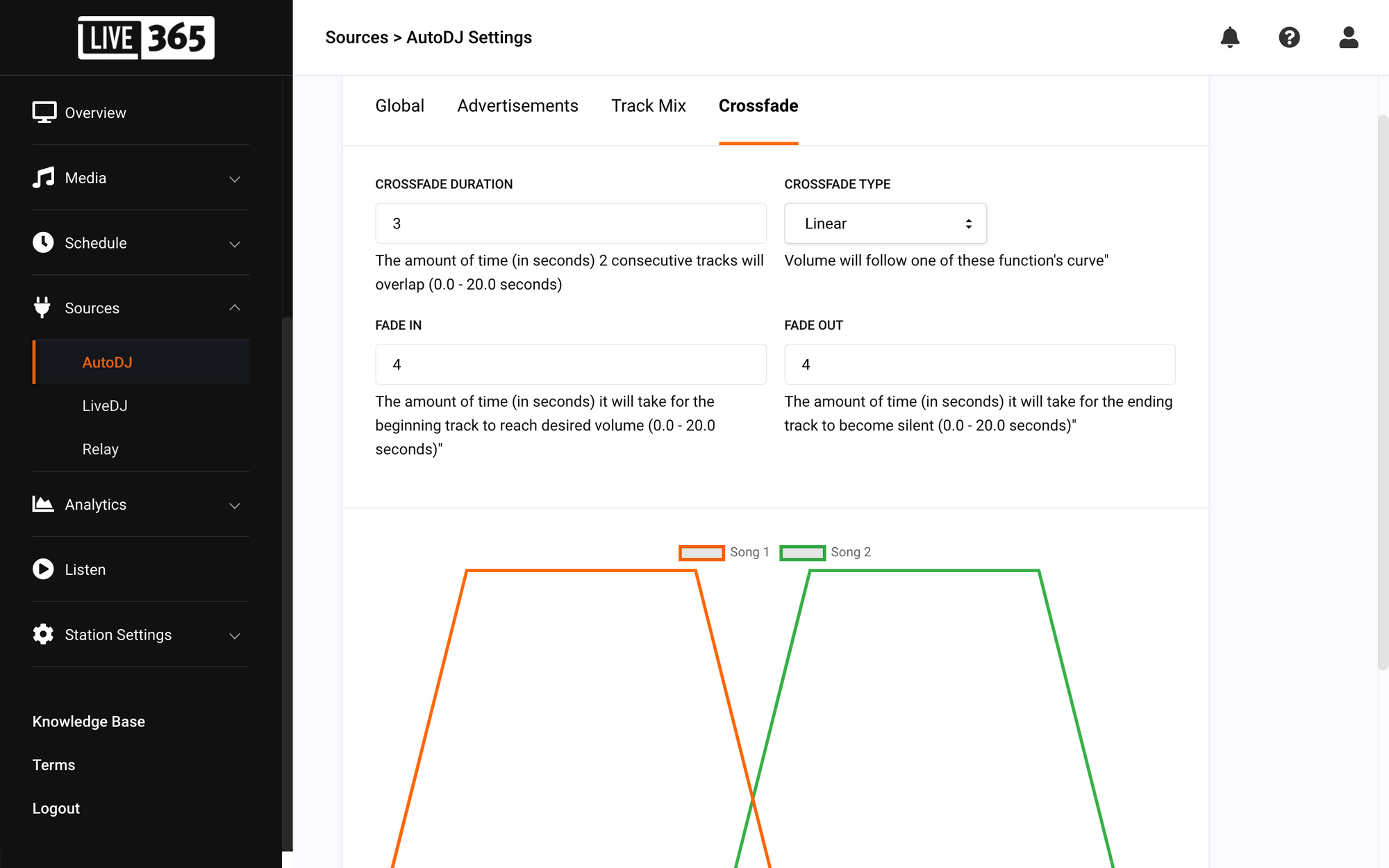If you've read our previous guides on playlist music selection, playlist theme ideas, and playlist creation tips, you're probably a wiz at curating a selection of 30-50 songs to broadcast on your radio station. Whether you're playing it on shuffle, playing it straight through, or playing it 24 hours a day, it's good to have a wide variety of tunes to feed your hungry audience.
But what if you'd like to make something out of the ordinary? What if you're doing a special event and only need a playlist that covers a short amount of time? Maybe you would like to create something more selective: something a bit more like a mixtape.
A short-form playlist is the most structured and artistic kind of themed playlist you can create. While playlists with 30 songs or more are great for discovering new tracks, short-form playlists allow listeners to really focus on the music and its message. If you're trying to tell a story or communicate a specific idea within your playlist, short form is the way to go.
That being said, creating a short-form playlist is not an art to be taken lightly. It's quite delicate, and requires a fair amount of planning to make a strong impact. A short-form playlist's tight structure is a challenge, but it's also what makes it so powerful.
Ready to curate a short-form playlist of your own? We've got you covered. Here are 5 tips to help you create an awesome short-form playlist!
1. Keep It 40 Minutes to 1 Hour
Technically, a short-form playlist is anything 20 tracks or under. You are free to put however many songs you want on your playlist, but a good length to aim for is 40 minutes to 1 hour (about 10 to 15 songs).
40 minutes to 1 hour is a short-form playlist sweet spot because most studio albums keep their tracklist within that same time frame. It's a fair amount of minutes while also being short enough for your audience to comfortably listen in one sitting.
2. Start Strong
The first two tracks on your short-form playlist are undoubtedly important. They are the first songs your audience is going to hear, so you have to use them to hook listeners in.
For your opening song, try to keep it a familiar tune, but also unexpected. It can be slow or upbeat, but of all the tracks on the playlist, it needs to communicate your theme the best. After all, it is the thesis statement of your tracklist. When you pick your opening song, ask yourself: Is this song engaging, but also meaningful? and What kind of message do these lyrics communicate?
After your first song, your second song needs to take things up a notch. Look for something with a bit more energy, or something more entertaining than your opener. Popular songs or songs by well-known artists are great to put in this make-or-break spot. Ultimately, you want to use the second song to entice your audience to keep listening.
After your first two songs, feel free to cool things down within your playlist. Everything in the middle is pretty much free game, so go ahead and experiment with tracks or keep things loose. As Rob Gordon from the 2000 film High Fidelity would say:
"You gotta kick it off with a killer, to grab attention. Then you got to take it up a notch, but you don't wanna blow your wad, so then you got to cool it off a notch. There are a lot of rules."
3. Use Beatmatching & Find the Flow
Smooth transitions can turn a good playlist into a great playlist. When you're crafting a short-form playlist, try to use beatmatching whenever you can. A technique in disc jockeying, beatmatching is the art of time stretching or pitch shifting an outgoing track to match the tempo or key of an upcoming track.
Unless you're skilled at music producing and can edit songs to fade seamlessly into each other, this is difficult to do in a typical playlist. Therefore, we recommend putting songs with the same BPM, key, or chords next to each other in your tracklist. Doing this will make the jump from one song to the next more pleasing to the ear.
If you're broadcasting your short-form playlist on Live365, consider using the Crossfade options within your AutoDJ settings. The overlap will help make your transitions smoother, and create an even better flow!

4. Make Your Last Two Tracks Count
Just like your first two tracks, your last two tracks are integral to a strong short-form playlist. Use them to re-state your theme as much as possible, while also treating your audience for listening all the way through.
Your penultimate song should be the most energetic or emotionally moving track on the playlist. Something about it needs to be great. If your playlist is more on the optimistic side, find a song your audience can dance to. If you're making a sad or romantic playlist, try to pick something that could make your listeners cry.
Look for iconic tunes with not just commercial success, but also critical acclaim. Your penultimate song should be the "grand finale" of sorts. Make it a track to remember!
For your final track, it's totally acceptable to pick a cooldown song. At a dance party, the last track on your playlist would be the "okay everyone, it's time to go home" song a DJ would play. Still, because this is a themed playlist, it needs to keep in line with your overall message.
When you're picking your last track, here are some good questions to ask yourself:
- Does this song offer a concrete ending to my story, or does it encourage listeners to want to hear the playlist from the beginning again?
- Is this song still engaging despite not being as inspiring as my previous song?
- Does this feel like a solid ending, or do I have room for one more track?
Additionally, if you can find a closer with lyrics relating to "goodbyes," "goodnights," etc., then your playlist will be even stronger.
5. Test Out Your Playlist!
Before you broadcast your playlist, test it out yourself. As mentioned, short-form playlists are more delicate than your typical 30-50 song playlist. The structure and order of songs are integral to its success. Therefore, double check your work before making it public.
Listen to your short-form playlist while going on a walk or cooking in your kitchen. Ask your friends and family for their opinions. If something doesn't feel right or seamless, edit it. Don't feel bad if you have to take out a song or two. It's better to trim the fat than leave it in. And besides: there's always more music in the world to choose from!
We hope these five tips help you create the short-form playlist of your dreams. Get creating, and happy broadcasting!
Ready to start your own station? Contact one of our Product Consultants or visit our website today.
Discover thousands of free stations from every genre of music and talk at Live365.com. Keep up with the latest news by following us on Facebook (Live365 (Official) and Live365 Broadcasting) and Twitter (@Live365 and @Broadcast365)!
Article Image: A woman in headphones listening to music. (EdZbarzhyvetsky via DepositPhotos.)

